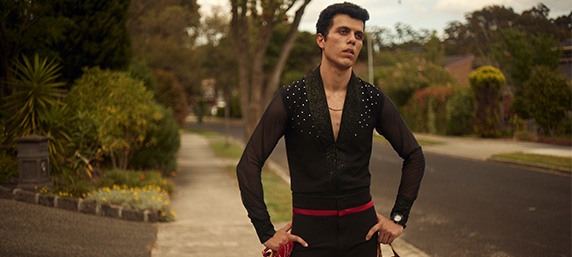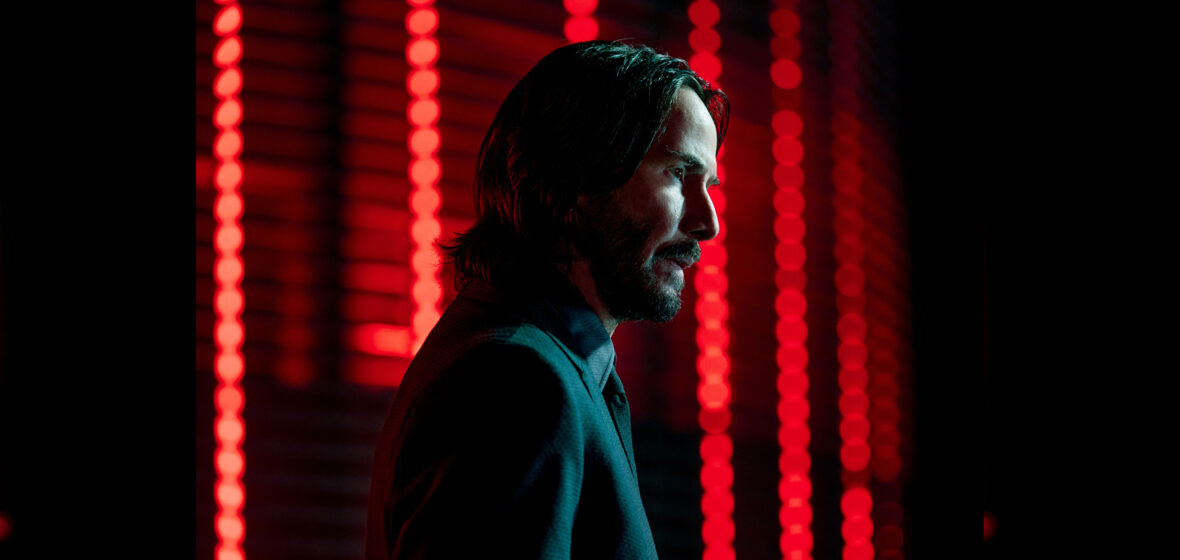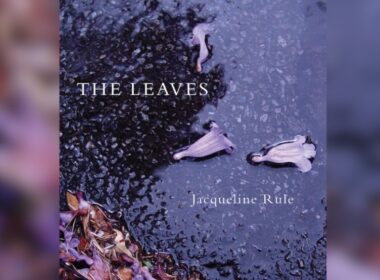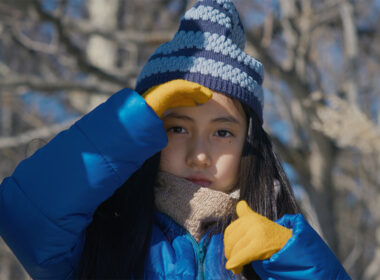John Wick Chapter 4
You’ll find that your enjoyment of John Wick Chapter 4 (henceforth John Wick 4) is related to your enjoyment of the previous three titles. Not that you need to have seen them appreciate this film, but having done so will make it possible to understand the context and the emotional stakes. Anyway, the action in all four films boil down to “bad guys want to kill hero/hero fights back to survive”. They could be creating havoc in the streets of Paris because of a ham sandwich, for all you care.
Your interest in this film will depend on a simple personal factor: whether you enjoy hyper-stylised ultra-violence. Do you perk up at the thought of a choreographed fight? If the answer is no, then scroll down to the next review. There we’re talking about a lovely little film, quite different, that you may like more. If it’s yes, then stick around here. This film was made to fill in that empty gap in your life.
John Wick is an interesting case study of synergetic world-building. The first film was a familiar and straightforward revenge story that served as a conduit for stunt coordinator-turned-film director Chad Stahleski to apply every crazy idea he had never been allowed to use before. Since then, the sequels have focused on building its sub generis world of assassins with rule books, secret organisations and a complete disregard for social norms. In the universe of John Wick, ordinary people are the background. Fights ensue in the middle of packed nightclubs or, in the case of this fourth chapter, a busy Parisian roundabout, without anyone even reacting to the chaos. It’s daunting, like an impressionist painting, as if Monet was really into Hong Kong martial arts films.
The story is a direct continuation of the previous three films. After enacting his vengeance against the man who stole his puppy, John Wick (Keanu Reeves) becomes a target; he has been on the run ever since. Aided by Winston (Ian McShane), the manager of a hotel for assassins, his trusted assistant Charon (Lance Riddick) and the Bowery King (Laurence Fishburne), Wick escalates the consequences of his actions all the way to the top of The Table, the mysterious organisation that sets the precise rules on which this world heavily relies.
The story plays second fiddle to the action scenes and the world-building. It’s all hyper-stylised and under the influence of a blend of art forms. The choreography plays like a kinetic physical ballet dance, and the framing often references romantic works of art that merge perfectly with the film’s philosophy. In a quiet moment where Winston argues with the antagonist Marquis (Bill Skarsgård), the camera frames McShane next to Géricault’s The Raft of the Medusa to add depth to a moment of story exposition.
If there’s a problem with this film, it’s that the first two-thirds seems a tad too repetitive of the formula of the previous two sequels. Globetrotting John Wick causes mayhem wherever he goes, and finds new allies (in this case, actor Hiroyuki Sanada and British-Japanese pop star Rina Sawayama) and new villains — Shamier Anderson, Hong Kong martial arts legend Donnie Yen as a blind assassin, and English action maestro Scott Adkins. It’s long — the film runs for two hours and 50 minutes — and it feels like a lot of it is a redo of the saga’s best moments and a slow delay to the inevitable ending.
That is, until the final 30 minutes. When I thought John Wick 4 had nothing more to give, the film produced its most brilliant masterstroke: a full-on sequence of strung-together action scenes that progressively get more intense and more impressive. The brawl in the roundabout is just a taste of what is to come. When Stahelski used a crane for an overview long shot inside an abandoned apartment building, I almost got up to applaud him. It made up for all the earlier shortcomings. In fact, this moment is all the more effective because you are so caught off guard. “Wow, them at the end,” famously said screenwriting guru Robert Mckee in Charlie Kaufman’s Adaptation. John Wick 4 blows you away.
Cinema in its purest form is an art form of visual titillation. It’s primal at its core, and has been so ever since the Lumiére Brothers made people duck at the shot of a train chugging towards them. John Wick has always been in tune with this side of entertainment, but its maker knows how to marry it with a grander truth, as all art should. Its references are many — to sculpture and painting, and pop and classical music. The film is both video game and philosophical statement. Its shots stylistically connect Caravaggio to John Woo (those lower wide-angle close-ups are delicious). It’s cinematic bliss. I couldn’t be any happier that John Wick 4 exists.
Verdict – 4 out of 5
For the fan of action with superior taste.

Of An Age
Last year’s You Won’t Be Alone, the debut film of North Macedonian-Australian filmmaker Goran Stolevski, didn’t move me as much as it did other critics. But I did see in him the compelling curiosity of an artist working his best to push the boundaries of the medium. You Won’t Be Alone was a tricky film. A slow, contemplative film with horror elements born from Eastern European folklore — I understand why it worked for so many. Of An Age is a departure in style and form. There’s the mark of an exciting filmmaker — like a new Claire Denis, Stolevski multiplies himself between styles and genres.
Of An Age is a personal story. Even if it isn’t, it perfectly re-creates one. It feels unique, with minute attention to detail. Its emotion comes not from a big dramatic moment but from those simple moments that make one stop and think. In a moment halfway through, a young man walks aimlessly around at a party, not connecting with the people around him or the mood they’re in. To say I felt seen is an understatement. It’s almost as if I had written that scene myself.
The film follows Kol (Elias Anton) in two critical days of his life, one in the 90s and another over a decade later. The son of Serbian immigrants, 17-year-old Kol is a sensitive teenager passionate about dancing. His family perpetuates the toxic patriarchy of its culture, which Kol doesn’t question until he meets Adam (Thom Green), the older brother of Kol’s best friend Ebony (Hattie Hook).
During a long car drive, Adam and Kol connect. On everything from literature to music. Adam is cool. Remember that older person you once met as a teenager whom you admired without knowing why? That’s Adam for Kol. They listen to Argentinian tango and talk about Kafka. Adam recommends that Kol watch Wong Kar Wai’s masterpiece Happy Together, a film about two gay Hong Kong men on a trip to Argentina. The reveal that Adam is gay confuses Kol, who goes from quiet brooding to acceptance to a final revelation that this may be the last piece missing in his person. The whole sequence is a tour-de-force of natural dialogue, but the moment Adam reveals his ex, the man hits Kol like a ton of bricks.
Stolevski proves here that he’s a great filmmaker. His writing is sharp but not flashy, as if he doesn’t want anything to distract from the emotions he wishes to harness in each scene. There’s a moment near the end where all the characters meet at a wedding, many years later. There’s barely any dialogue, but instead a heart-breaking string of situations elevated by Stolevski’s brilliant idea of making it about the characters looking at each other.
The love story is the conduit for Stolevski to harness all his thoughts about being an immigrant in Australia. Connecting two cultures, the story tells us, is complicated by white Australia’s in-your-face disregard for every non-north European culture. Kol is an alien to his culture because of his sexuality, and an alien to Australia because of his background. This hits hard.
A final note about the soundtrack. Beautiful and eclectic, it plays like the mix tape a lover once sent you. At its centre are, if I recall correctly, three songs by Cape Verdean singer Cesária Évora. Évora, dubbed the “barefoot diva” by the French press, sang typical songs about the black experience in Portuguese-colonised Cape Verde (an archipelago off the coast of Senegal populated chiefly by descendants of slaves from the African continent). In the 90s, in her hometown of Mindelo, she helped and supported local LGBT people, including a community of trans women, when even Europe and Australia were behind in support. In Of An Age, her most famous song Sodade (a longing and romantic morna about slaves displaced from their country), plays during a sex scene. It’s a liberating moment that Évora would’ve blessed. Like her life, and the whole film, it’s about finding her own place.
Verdict: 5 out of 5
For awkward teenagers, and adults who have been through the growing pains and can now look back with nostalgia.




